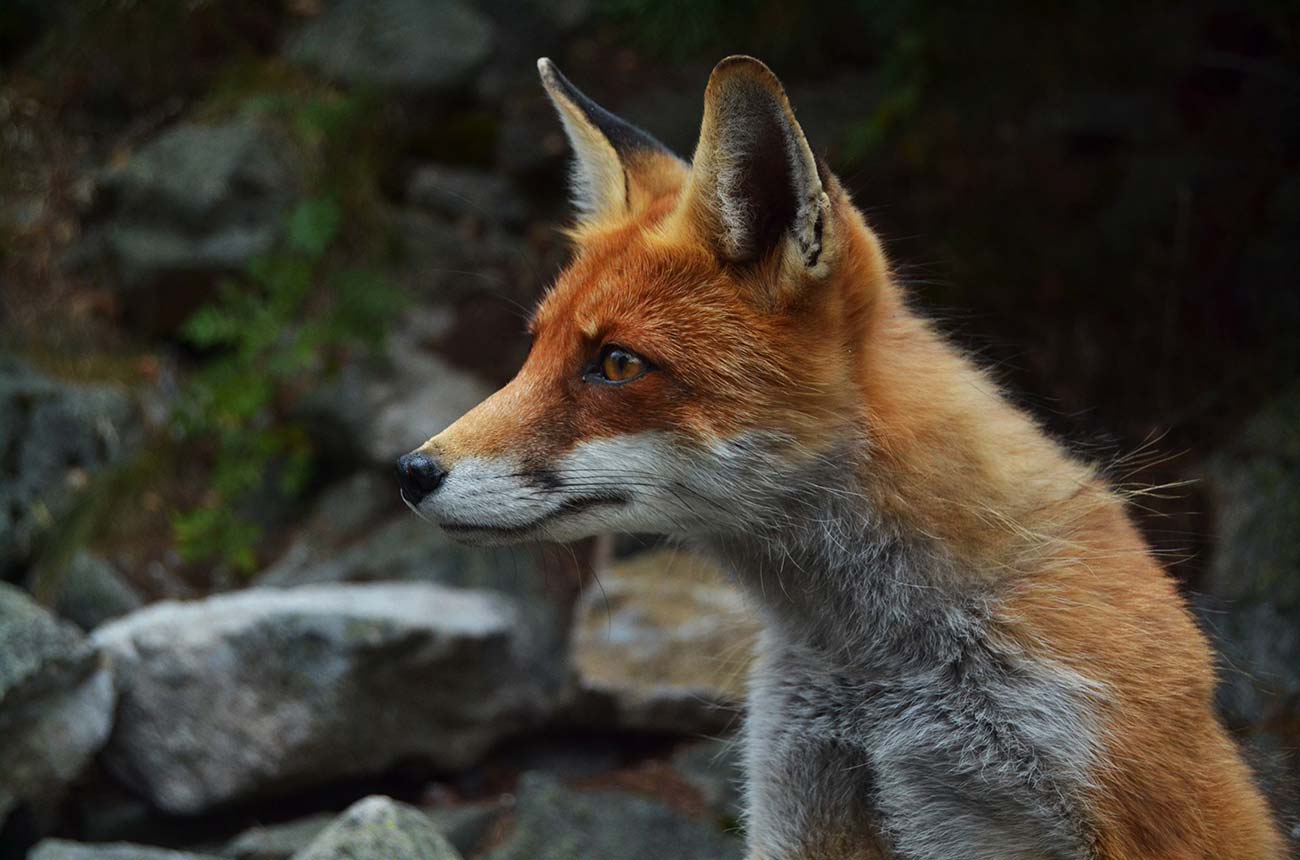May 23, 2024
Through SpaceX, Elon Musk pioneered reusable rockets and crewed spaceflight while deploying global satellite internet via Starlink. At Tesla, he achieved Model 3 mass production and established the Shanghai Gigafactory, securing EV industry leadership. Concurrently, he advanced neural interfaces and tunnel transport systems, forging a cross-industry tech network.
On December 21, 2015, SpaceX’s Falcon 9 rocket achieved the first successful land-based recovery of an orbital-class booster, marking humanity’s inaugural recovery of such a vehicle. In April 2016, it completed its first sea landing on an autonomous drone ship, further validating rocket reusability technology. On May 30, 2020, SpaceX executed its first commercial crewed mission (Demo-2), transporting two NASA astronauts to the International Space Station. This ended U.S. dependence on Russian spacecraft since 2011 and established SpaceX as the first private entity to achieve crewed spaceflight. The Crew-1 mission in November 2020 delivered four astronauts, initiating regular commercial crew operations.
SpaceX announced the Starlink satellite internet program in January 2015, aiming to provide global high-speed connectivity through a low-Earth orbit constellation. The inaugural batch of 60 satellites launched in May 2019, with public beta service commencing in October 2020. Coverage extended to remote regions including the United States and Canada, serving over 10,000 users with speeds of 200-400 Mbps. By 2021, Starlink’s constellation surpassed 1,600 satellites and provided wartime communications support to Ukraine.
Tesla commenced deliveries of its mass-market Model 3 in 2017. Construction of the Shanghai Gigafactory began in January 2019, achieving production in October that year. China-built Model 3 vehicles reached local consumers in January 2020, with European exports starting that October. The factory’s annual capacity rapidly scaled to 450,000 vehicles, establishing it as a pivotal hub in Tesla’s global production network.
Despite repeated delays to Tesla’s Full Self-Driving (FSD) system – initially planned for 2018 but remaining in testing through 2022 – continuous over-the-air (OTA) updates refined its autonomous algorithms. A 2016 upgrade to Central Computing Module (CCM) architecture enhanced digital vehicle control capabilities, laying the technical foundation for self-driving technology. By 2022, Tesla’s 930,000 annual vehicle sales and $1 trillion+ market valuation cemented its position as the electric vehicle industry benchmark.
In 2016, Musk founded Neuralink to develop medical brain-computer interfaces, aiming to enable device control for paralyzed patients. The first human implant procedure occurred in early 2024, allowing a patient to mentally operate a computer mouse. That same year, The Boring Company launched to alleviate traffic congestion via underground tunnels, completing its first test tunnel in Las Vegas.
Similar Topics


Breakthrough
Through SpaceX, Elon Musk pioneered reusable rockets and crewed spaceflight while deploying global satellite internet via Starlink. At Tesla, he achieved Model 3 mass production and established the Shanghai Gigafactory, securing EV industry leadership. Concurrently, he advanced neural interfaces and tunnel transport systems, forging a cross-industry tech network.

Controversy
Elon Musk acquired Twitter for $44 billion (later renamed X). In 2024, he became Donald Trump's top individual donor. After serving as a federal efficiency advisor in 2025, Musk resigned and launched Tesla's Robotaxi pilot program that June, with plans to expand the fleet to one million vehicles by 2026.